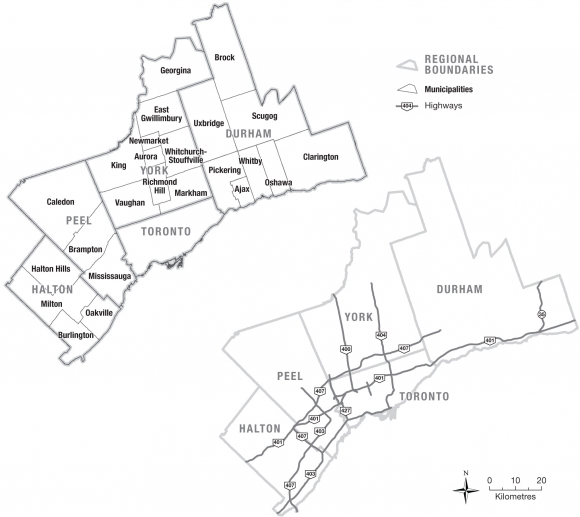Retail shopping is an essential human activity, providing for the satisfaction of consumer needs and desires, opportunities for employment, and a form of recreation. The retail industry is a key part of the Canadian economy. In 2007, total retail sales (including automotive) were $412.2 billion or 25.7 percent of the gross domestic product (Statistics Canada, 2007). More than 1.8 million Canadians, approximately 12 percent of the Canadian workforce, are employed in the retail sector (Statistics Canada, 2008). Urban areas are shaped in part by the nature and vibrancy of commercial environments, and by consumer interaction with these commercial spaces. Even minor shifts in income levels, demographics, lifestyles, or the economic fortunes of an area can lead to rapid changes in the form and structure of retailing. As a result, the retail landscape is constantly evolving. New stores open, new formats appear, existing stores shut up shop, and the location and mix of stores changes constantly (Lorch and Hernandez, 2007).
During the last few decades, new forms of retail have emerged, notably large-format stores located close to suburban highway interchanges. Innovation in the design and construction of retail structures and the growth of suburban markets have helped transform city-regions. At the same time, corporate store branding and franchise systems, with their consistent use of materials and designs in the construction of retail outlets, make it possible to transform brownfields, greyfields, or greenfields to retail establishments within a matter of months.
Evidence for the suburban focus of the new retail economy (Jones and Doucet, 2000) and for changes in the ways consumers interact with retail destinations (Lorch, 2005; Buliung et al., 2007) suggests that the retail economy and consumer mobility are affecting the organization, function, and appearance of city-regions. Yet current transportation plans, systems, and programs do not, for the most part, deal with the direct and indirect effects of the rapid expansion of retail capacity close to highways. The consumer response, however, has been remarkable, as consumers increasingly do their shopping at auto-oriented retail sites in the suburban and exurban spaces of city-regions (Buliung et al., 2007).
This report examines, within the context of an urban growth management framework, the impact of retail change on consumer travel behaviours within the Greater Toronto Area (GTA). The key objectives of the report are:
- to identify the key elements of the retail landscape and provide a framework for analyzing change in retail activities and consumer travel behaviours;
- to examine structural changes in the GTA's urban retail system across space and time;
- to explore the relationship between retail change and consumer travel behaviour in the GTA;
to discuss the implications of retail and travel behaviour change in the GTA in relation to the regional urban growth management initiatives of the Province of Ontario, particularly the Growth Plan for the Greater Golden Horseshoe and the creation of the Greenbelt.

